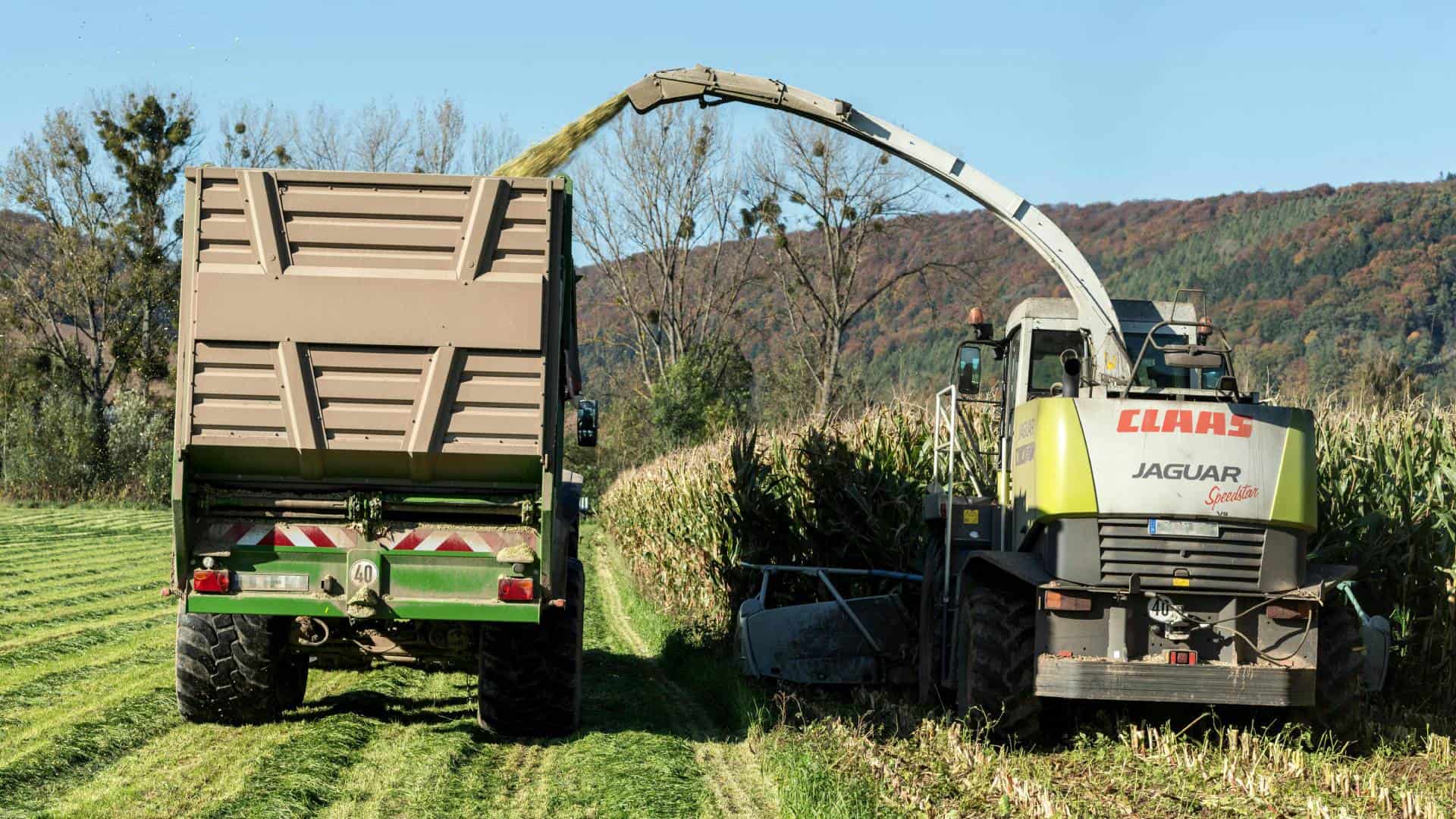South Dakota currently has 28,300 operating farms, totaling 42.3 million acres throughout the state [1]. The prevalence of agricultural property in South Dakota means that accidents are more common; tractor incidents, machinery malfunctions, livestock injuries, falls, and more are all hazards that farm employees and employers manage on a daily basis.
When you are injured on an agricultural property in South Dakota, you have rights to protect your finances. Pursuing compensation after an injury could help you recover lost wages and support your recovery. For families who lost a loved one to an agricultural accident, a wrongful death lawsuit may be able to recover both financial and non-financial costs to make life easier in their wake.
This guide outlines common agricultural accidents in South Dakota and the relevant laws that protect workers’ and their families. Employers may also benefit from reading this article to learn more about their employees’ rights and workers’ compensation in South Dakota.
Common Types of Agricultural Accidents
Agricultural accidents cause personal injuries that range from minor to life-threatening. Examples include:
- Tractor accidents
- Equipment malfunctions
- Machinery incidents
- Fires
- Livestock injuries
- Falls
- Chemical exposure
- Pesticide poisoning
Farm and ranch injuries change lives forever. Workers can become permanently disabled, and families can lose beloved members from preventable fatalities. From 2012 to 2023, there were 56 lives lost due to farm-related injuries, including tractor rollovers, ATV overturns, auto collisions, and grain bin accidents.
In that same timeframe, there were 40 recorded injuries that included tractors, grain bins, roadways, and ATVs/UTVs, and livestock [2].
Victims can suffer from failing equipment, vehicles overturning, livestock attacks or accidents, entanglement, falls, and more. Whatever the case may be, someone who suffers from an incident on a farm property has two options: seek workers’ compensation or file a personal injury claim.
Legal Framework for Agricultural Accidents
A personal injury is harm sustained by a person physically and/or emotionally due to the negligence of another party. In South Dakota, there is a three-year statute of limitation to file a claim and recover damages in agricultural accidents (S.D. Codified Law § 15-2-14.) The only time the three-year statute of limitations does not apply is if the incident involves a government entity or worker; in that case, victims must provide written notice of the incident within 180 days (S.D. Codified Law § 3-21-2.)
Workers’ Compensation
Most farm and agriculture laborers are exempt from workers’ compensation coverage in South Dakota. This means that a farm worker is unable to request workers’ compensation benefits from their employer, if the farm or ranch owner carries coverage.
Agricultural work that does qualify for workers’ compensation includes for-profit corn shellers and cornhuskers, shredders, silage cutters, seed hullers, grain combines, and threshing machines. (S.D. Codified Law § 62-3-16).
Instead of workers’ compensation, the injured worker may receive benefits from their employer’s farmowner’s liability insurance. They can also sue their employer in civil court for compensation.
Personal Injury Claims
If the employer does not carry liability coverage, or the settlement amount is not sufficient, employees can file a personal injury claim within three years of their agricultural accident.
Working with an attorney can help the injured party build a solid case and set a fair amount for their compensation request. A lawyer can also help overcome barriers in the legal system and negotiate with insurance companies on the client’s behalf.
How Much Money Can You Recover in an Agricultural Accident in South Dakota?
The exact amount of compensation depends on several factors:
- The severity of the injury
- The percentage of fault, if any, on the injured party’s behalf
- The impact on the injured party’s life
- The severity of financial loss affecting the injured party
Personal injury claims in South Dakota include economic and non-economic damages. Economic damages allow injured individuals to seek recourse for expenses related to their injury, such as medical bills, rehabilitative costs, and lost wages. Non-economic damages include pain and suffering, emotional anguish, trauma, and reduced quality of life following an injury. The amount can be harder to quantify, which is why working with a lawyer to calculate a fair amount of damages is helpful.
Comparative Negligence Role in Compensation
South Dakota is a comparative negligence state, which means that it considers both parties’ roles in an accident when a personal injury claim goes to court. Under the comparative negligence statute, individuals are able to recover damages if their negligence is deemed slight compared to the other party’s gross negligence (S.D. Codified Law § 20-9-2).
According to the 50% bar rule, an injured person can recover damages so long as they are not at least half responsible for the accident. Any amount under 50% will be deducted as a percentage from the final compensation amount.
For example, if an agricultural worker sues their employer for an injury but is found 30% responsible, then their compensation will be reduced by 30%
Contact Alvine Law Firm to Discuss Your Claim
Victims of agricultural accidents in South Dakota have a right to seek justice and compensation. Alvine Law Firm is ready to fight on your behalf. Our experienced team of personal injury and workers’ compensation attorneys will help you build a strong case and work toward a settlement you deserve.
Contact us to schedule a free consultation with one of our lawyers in Sioux Falls, SD.
References
South Dakota Agricultural Fatalities & Injuries 2012-2023 | University of Nebraska
- Workers’ Compensation | South Dakota Department of Labor & Regulations
- Division of Insurance Farm Ranch Owner Insurance | South Dakota Department of Labor & Regulations
- Codified Law 15-2-14 | South Dakota Legislature
- Codified Law 20-9-2 | South Dakota Legislature
- Codified Law 62 | South Dakota Legislature

